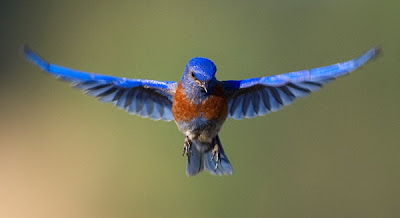Traditional and photojournalistic are the two main divisions of style in wedding photography. The approach and technique may differ greatly, although both styles use similar equipment. Which style to use depends on what you want and your budget.
Traditional Wedding Photography
Traditional wedding photography puts more emphasis on quality and posed pictures. You'll need time to set things up for the shots, getting people together, and relocating any equipment. This ensures you get the exact pictures you want, with a lot of control over the pose and location. A disadvantage to this style is the stress that may be involved with the set-up, and your pictures will look like they've been set-up.
If you decide to go with this style of photography, it will give you a great wedding album. Traditional wedding pictures turn out often looking like a photo shoot rather than a wedding day. This can be to your advantage to have pictures taken specifically to go on pages in a scrapbook or album.
Traditional photography is for you if:
Traditional wedding photography puts more emphasis on quality and posed pictures. You'll need time to set things up for the shots, getting people together, and relocating any equipment. This ensures you get the exact pictures you want, with a lot of control over the pose and location. A disadvantage to this style is the stress that may be involved with the set-up, and your pictures will look like they've been set-up.
If you decide to go with this style of photography, it will give you a great wedding album. Traditional wedding pictures turn out often looking like a photo shoot rather than a wedding day. This can be to your advantage to have pictures taken specifically to go on pages in a scrapbook or album.
Traditional photography is for you if:
- You have time for the set-up
- You know what kind of pictures you want
- You want to avoid photos of silly or potentially embarrassing moments
- You want a traditional, old-fashioned look to the pictures
- You'd like posed photos of all the guests in their best dress







